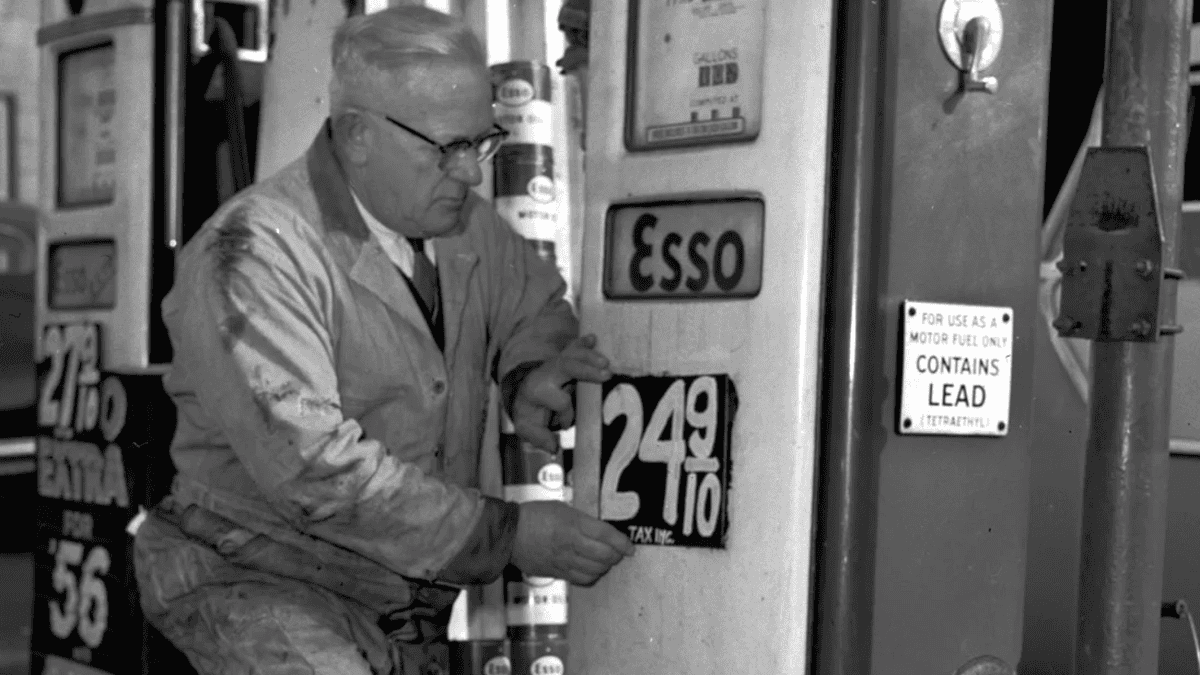Lung cancer leads to global cancer-related mortality rates, affecting both men and women. The World Health Organisation attributes 85% of cases to tobacco use and air pollution, highlighting these as the primary risk factors.
In 2022 alone, 20 million new cancer cases were reported globally, with 9.7 million deaths—one in five individuals develop cancer during their lifetime, with mortality rates of one in nine for men and one in 12 for women.
Read Also:
Why lung cancer cases are rising among women and youth
To gain insights into lung cancer detection, management and treatment, we spoke with leading oncologists: Dr Ankur Bahl, Senior Director of Medical Oncology at Fortis Memorial Research Institute; Dr Devavrat Arya, Oncologist at Max Hospital Saket; Dr Sajjan Rajpurohit, Senior Director of Medical Oncology at BLK-Max Super Speciality Hospital; and Dr Pooja Babbar, Consultant of Medical Oncology at C K Birla Hospital.
Excerpts
Air pollution increases lung cancer risk
Dr Bahl: A study by The Lancet found that air pollution causes 1.67 million deaths in India every year, including cancer-related deaths. Exposure to fine particulate matter (PM2.5), industrial emissions, vehicular exhaust, and other pollutants can lead to chronic inflammation and oxidative stress, increasing lung cancer risk. Recent studies have shown that long-term exposure to high levels of air pollution can be as detrimental as smoking in terms of lung cancer risk. The alarming rise in air pollution levels, particularly in urban areas highlights the need for stricter environmental regulations and collective efforts to minimise exposure such as using air purifiers and wearing protective masks.
Passive smoking and cancer link
Dr Arya: Second-hand smoke (SHS) is a serious but often underestimated threat to non-smokers, playing a critical role in lung cancer development. Exposure of non-smokers to dangerous chemicals through second-hand smoke, which includes carcinogens, can result in lung cancer. Research suggests that there is a 25-30% increased risk of lung cancer due to second-hand smoke exposure. Also, according to the Indian Council of Medical Research (ICMR), approximately 1 million Indians die each year due to smoking-related diseases, while the impact of second-hand smoke exposure on non-smokers cannot go unnoticed. It is also important to note that vulnerable groups, including children and pregnant women, face heightened risks.
Role of lifestyle changes in reducing lung cancer risk
Dr Ankur Bahl: Reducing the risk of lung cancer involves a combination of lifestyle changes, regular health check-ups and awareness. Here are some adjustments that can help lower your risk:
Quit smoking: The most effective way to reduce lung cancer risk is to quit smoking and avoid exposure to tobacco smoke.
Healthy diet: A diet rich in fruits, vegetables, and whole grains, while low in processed foods and red meat, can support overall lung health.
Regular exercise: Engaging in moderate physical activity can strengthen your immune system and improve lung function.
Limit exposure to pollutants: Minimize exposure to air pollution and occupational hazards (like asbestos) by using protective gear and ensuring proper ventilation.
Avoid radon: Test your home for radon levels, especially if you live in an area known for high radon emissions, as it’s a leading cause of lung cancer after smoking.
Steps to lower your risk of lung cancer
Dr Babbar: To lower your risk of lung cancer, consider these proactive steps: Quit smoking and avoid second-hand smoke, as these are the primary risk factors. Maintain a healthy diet rich in fruits, vegetables, and whole grains. Engage in regular physical activity to boost overall health. Minimise exposure to air pollution and radon gas. If you have a family history of lung cancer or are a heavy smoker, consult your doctor about screening options like low-dose CT scans.
Small cell and non-small cell lung cancer
Dr Rajpurohit: Lung cancer is generally divided into two main types: small-cell lung cancer (SCLC) and non-small cell lung cancer (NSCLC). These two types differ significantly in terms of their growth patterns, treatment, and outcomes.
Small cell lung cancer (SCLC) accounts for about 15% of lung cancers and tends to grow and spread very quickly. This cancer type is often linked to smoking and is typically more aggressive, meaning it spreads to other parts of the body faster. Due to its rapid growth, SCLC is usually treated with chemotherapy and, sometimes, radiation to control its spread. Surgery is less common because the cancer often spreads before it’s detected.
Non-small cell lung cancer (NSCLC), on the other hand, makes up about 85% of lung cancer cases. This group includes subtypes like adenocarcinoma, squamous cell carcinoma, and large cell carcinoma. NSCLC grows more slowly than SCLC, so if detected early, it may be treated with surgery, chemotherapy, radiation, and newer targeted therapies or immunotherapy.
Modern technologies of lung cancer diagnosis and treatment
Dr Bahl: Advancements in medical technology have significantly improved the diagnosis and treatment of lung cancer. Some of the modern diagnostic tools include:
Low-dose CT scans: These are more effective than standard X-rays for detecting early-stage lung cancer, especially in high-risk individuals.
PET-CT scans: These provide detailed images that help determine the extent of cancer and guide treatment planning.
Biomarker testing and liquid biopsies: These can identify genetic mutations and other biomarkers, allowing for personalized treatment plans.
For treatment, modern options include:
Targeted therapy: Drugs that target specific genetic mutations in cancer cells.
Immunotherapy: Treatments that boost the body’s immune system to fight cancer.
Robotic-assisted surgery: Minimally invasive procedures that reduce recovery time and improve outcomes.
Radiotherapy with stereotactic techniques: Highly focused radiation treatments that minimise damage to surrounding tissues.
Read Also: World’s First Lung Cancer Vaccine Trial Begins
Signs and symptoms of lung cancer
Dr Babbar: Early signs of lung cancer can be subtle and often mistaken for other illnesses. Common symptoms include a persistent cough that worsens or doesn’t go away, coughing up blood, chest pain, shortness of breath, hoarseness, and unexplained weight loss or fatigue.

)





